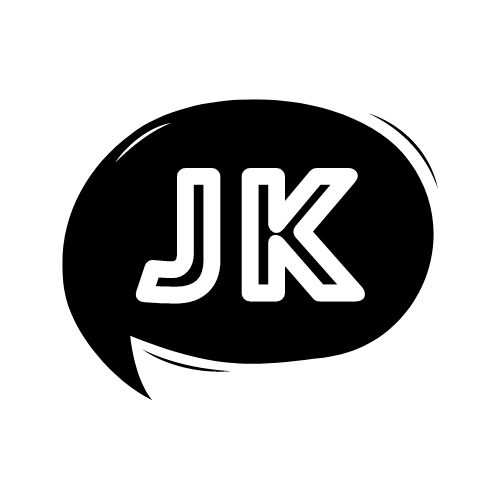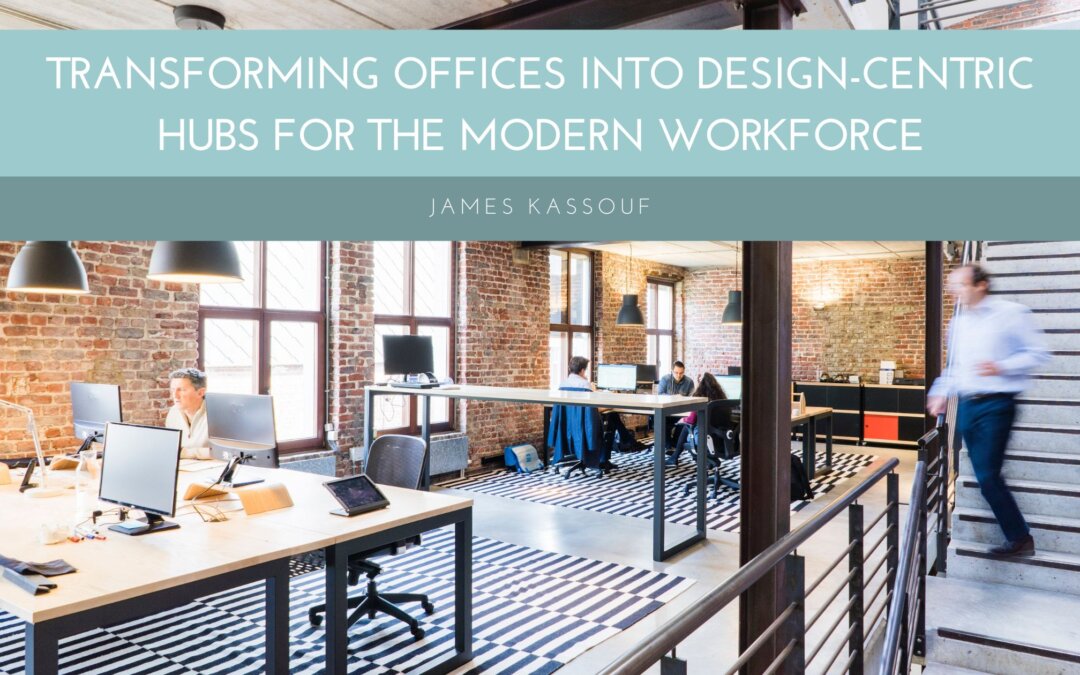In the modern business landscape, the concept of office spaces has evolved from mere physical locations to dynamic, design-centric hubs. These cutting-edge settings are designed to satisfy the changing requirements of a workforce that is digitally savvy and varied. This is not just an aesthetic change; it’s a calculated reaction to shifting workplace norms, technology improvements, and an increasing focus on worker productivity and well-being. The metamorphosis of office spaces into design-centric hubs reflects a deeper understanding of how the physical work environment influences creativity, collaboration, and efficiency.
The traditional office, characterized by cubicles and a one-size-fits-all methodology, has been gradually losing relevance in the face of evolving workforce demands and technological advancements. Today’s workforce, composed mainly of millennials and Gen Zers, values flexibility, collaboration, and a work-life balance, which the conventional office theme often fails to support. Additionally, the rise of remote working and digital technologies has challenged the necessity of physical office spaces, pushing companies to rethink their strategies. This change has its roots in a number of issues, including the evolving nature of work, the growing significance of mental health and well-being in the workplace, and the need for innovative workspaces. Furthermore, the incorporation of eco-friendly designs and materials is being driven by the growing importance of environmental sustainability.
Today’s offices prioritize spaces that are not only aesthetically pleasing but also functional and comfortable, contributing to the overall well-being of employees. Ergonomics plays a vital role in this transformation. Adjustable desks, chairs that provide proper support, and the integration of natural elements are fundamental. It has been shown that the idea of nature-based design brings natural aspects into the workplace, lowers stress levels, enhances mood and creativity, and improves cognitive performance. Another key aspect is the creation of versatile spaces that cater to different work styles and needs. Quiet zones for focused work, collaborative spaces for team interactions, and lounges for informal gatherings allow employees to choose a setting that best suits their task or mood. Additionally, incorporating technology seamlessly, such as wireless charging stations, smart lighting, and temperature control, optimizes the workspace for efficiency and comfort.
Modern workplaces are increasingly recognizing the value of collaborative environments that encourage open communication and idea-sharing. The transition from private cubicles to open floor layouts and common spaces represents this change. But it’s not only about having enough room; it’s also about fostering an atmosphere that encourages collaboration and innovation. Flexible workspaces with movable furniture and adaptable meeting areas support the dynamic nature of collaborative work. Technology also plays a crucial role, with digital whiteboards and video conferencing tools facilitating seamless collaboration, both in-person and virtually. Furthermore, the structure of these spaces often reflects the company’s brand and values, creating a sense of identity and purpose. Art installations, brand colors, and symbolic décor can transform offices into immersive experiences that embody the company’s vision and ethos. These design choices enhance aesthetic appeal and create belonging and community among employees.
Design-centric offices are more than just functional spaces; they are physical manifestations of a company’s ethos and commitment to sustainability. This involves thoughtful material choices, energy-efficient elements, and a layout that minimizes environmental impact. Sustainable practices like using recycled materials, energy-saving lighting, and green spaces not only reduce the ecological footprint but also resonate with employees who value environmental responsibility. Moreover, the design of the workspace can play a pivotal role in reinforcing the company’s culture and vision. This can be achieved through thematic designs that reflect the company’s industry, history, or values. For instance, a tech company might incorporate futuristic design elements, while a company with a rich history might integrate heritage elements into its office structure. These design choices create a workspace that not only functions efficiently but also tells a story, engaging employees and visitors alike. By aligning the office design with the company’s vision and sustainable practices, businesses can create a space that not only fosters a positive work environment but also serves as a powerful tool for brand expression and corporate identity.

